How To Connect Two Solar Panels To One Battery | Guide
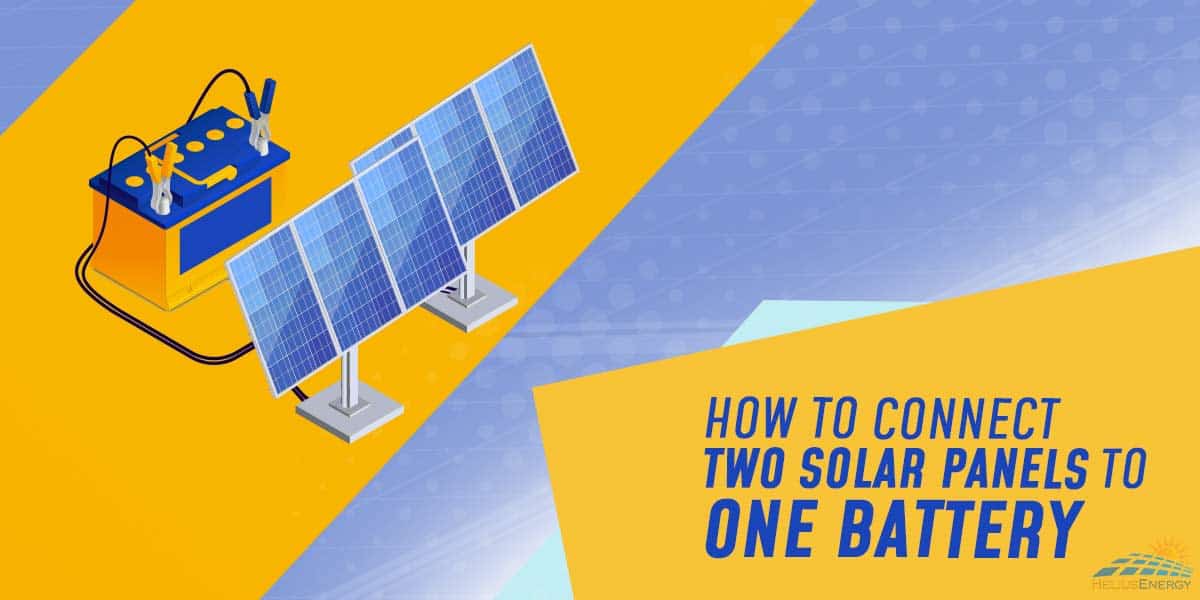
So, you have bought a solar kit or portable solar panels and want to connect them to a battery, but are a little confused? don’t worry, it is very simple to connect two solar panels to one controller and battery.
In this article, we will explain to you how to connect two solar panels to one battery. If you have any doubts regarding the steps, you can let us know in the comments section below.
Our Top Picks
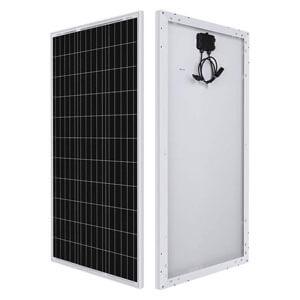
- Multi-layered sheet laminations
- High Efficiency Monocrystalline
- Compatible with on & off grid inverter
- Withstands high winds & snow loads
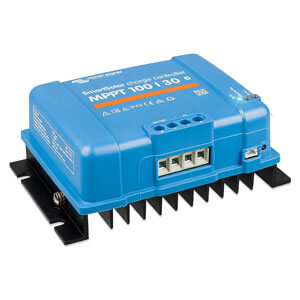
- MPPT and Built-in Bluetooth Technology
- Outstanding Conversion Efficiency
- Adaptive 3 stage battery charging
- Extensive Electronic Portection
Connecting Two Solar Panels To One Battery
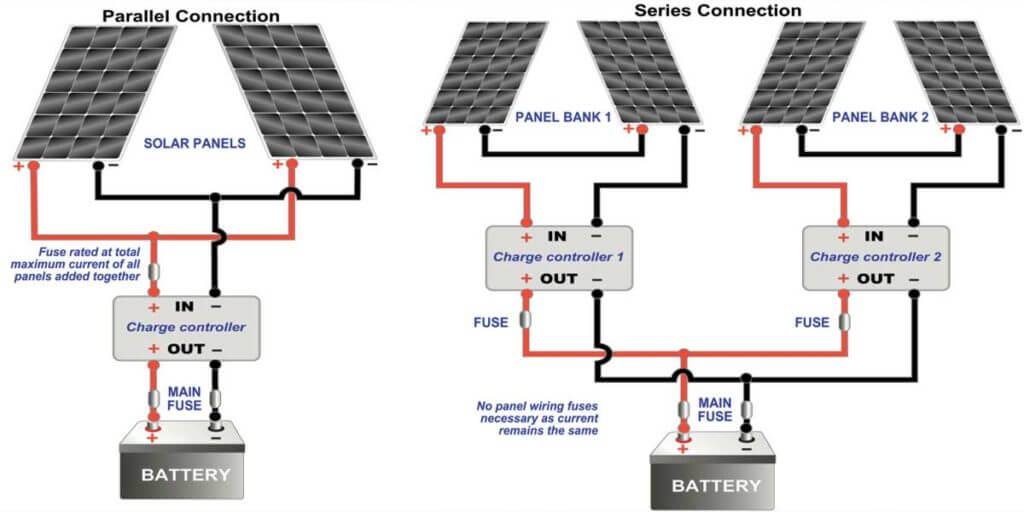
Step 1: Connect Your Battery To The Controller
The primary step is to connect your battery to the charge controller (MPPT or PWM).
You must do this action first. If you connect the solar panels to the charge controller, you might run the risk of destroying the charge controller while doing so. (If you are searching for a good solar charge controller, you might want to read our article on the best solar charge controller to choose a good charge controller)
Wire density depends on the existing that your charge controller is going to send to the batteries. For instance, the Renogy Rover 20A provides 20 amps to the battery. You require wires that can bring 20Amps or more and utilize a 20Amp fuse on the wire. Only fuse the positive wire.
If you are using a flexible copper wire, you require this AWG12 wire with this fuse. Place the fuse as near the battery terminals as possible.
You ought to wind up with a setup like this:

Step 2: Connect Your Solar Panels
In this action, you are going to link your two solar panels together in series or parallel connection as per your choice, you can read our series vs parallel connection guide that will help you to make your decision easy about the what kind of connection to go for.
This can be performed in series or parallel. Connecting your 2 panels in series will build up the voltage, while parallel will build up the current. If you wire in series, you require a smaller sized size of wire than parallel. Continue reading to find out “how to wire solar panels in series”.
The fuse ranking is defined in the solar panel datasheet or on the sticker label at the back of the panel. You can use an inline MC4 port fuse.
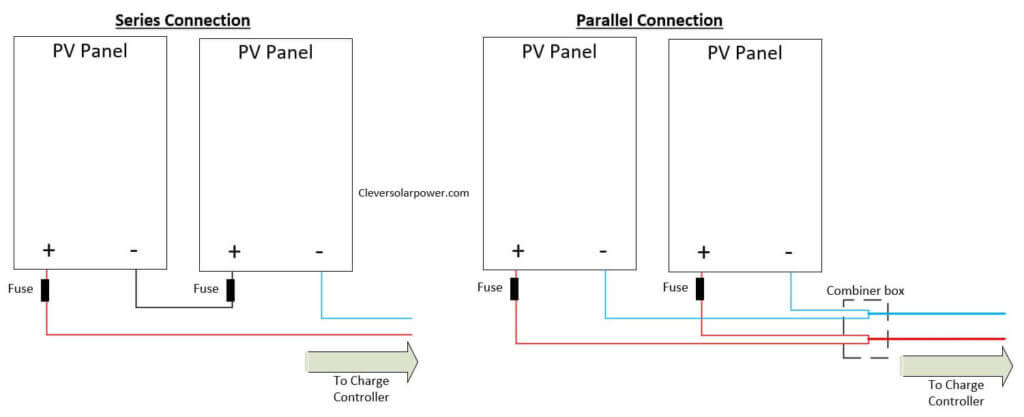
Step 3: Connect The 2 Solar Panels To The Charge Controller
The wire from the solar panel will be too short to run to your charge controller. Use this wire to extend it so it can reach your charge controller. Most of the time, you are going to utilize the series connection. So we will continue the example with the series connection.
Position your charge controller as close to your batteries as possible. Put your charge controller as near to the two solar panels as possible to lessen wire losses.
If you have a remaining wire from the solar panels to the charge controller, then shorten them to decrease losses.
Your DIY planetary system will now look like this:

Step 4: Connect The Loads
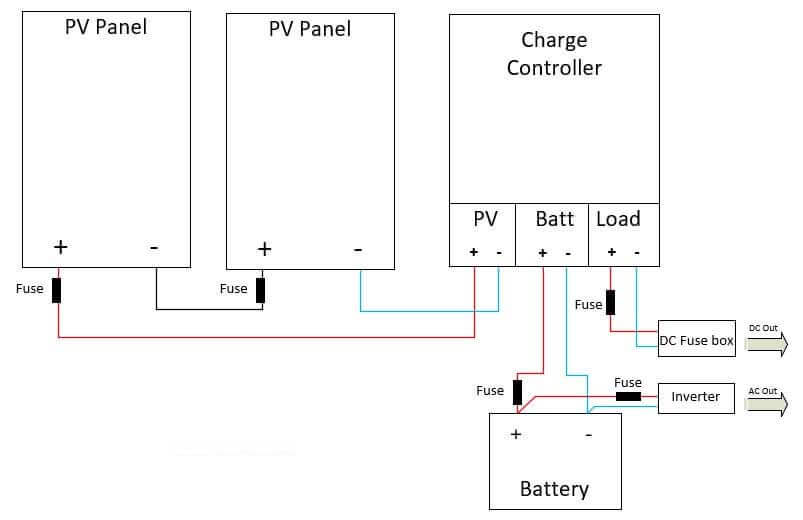
If you have little DC loads, you can connect them to the load terminal on the charge controller. If you want to utilize an inverter, I advise using the battery terminals. See the following diagram as an example.
The size of the wires will depend upon the present that will go through the wires. If the inverter uses 100 amps of the current, you require to size your cable and merges for that existing.
Once completed, you can use the solar panels to heat you greenhouse or run a refrigerator, these are few examples of how solar panels are applicable.
Conclusion
Linking 2 solar panels to one charge controller and one battery is not that difficult to do. You require to follow these instructions on the page and utilize the circuit diagrams I have shown you. If you have questions, make sure to send me an e-mail or leave a remark below.

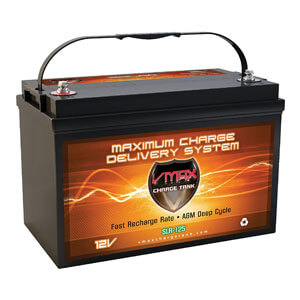
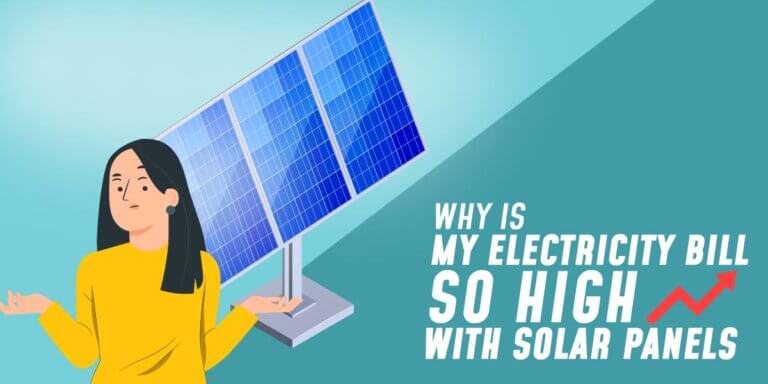

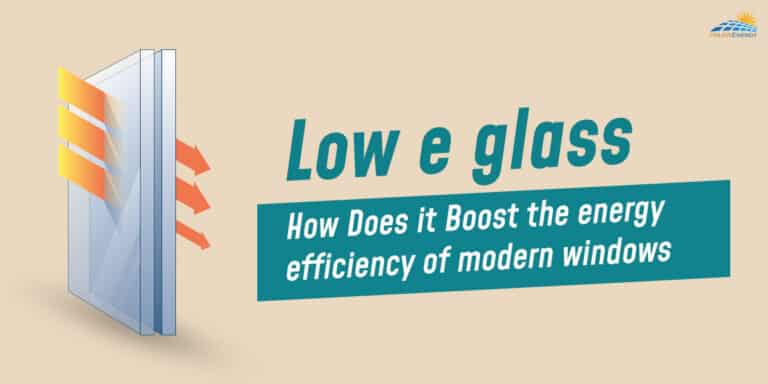



Hi!am antony happy to know all this ur work is good.but I have one question is it a must panel to have equall watts?
No, you can use different wattage so long all take equal voltage. There are some that require 24volt battery and others 12volts battery.
I bought 2 solar panels of 190 watts and a tubular battery of 220ah. My controller is a small 50A even though I doubt if it’s capable of 50A capacity.
I want to connect in the panels in parallel. Please I want to ask assuming this controller’s caoacity is 30A would this controller not be damaged?
thankyou so much very interesting
Your instructions couldn’t be easier to follow. Nothing like using solar energy!
I want to see more practical of this
Hi, I have two 20 watt panels to keep my caravan battery topped up.( 12v 110amp)
Do I wire in parallel or series?
Well done reguest of drawing of six solar panels connected in series with 2 Barry’s 0f 200ah together with hybrid inverter
please i need diagram of how to connect 8 250w 24v solar panel to 60ah 48v
Thanks
How do l calculate the total power in watts of 12pieces of 380watts solar panels connected two in a series to form 6 strings & 6 strings connected in a parallel.
A couple of years ago I bought a portable solar panel suitcase for my rv. The panel has a built-in controller. Last year I bought an rv that already has a roof mounted solar panel with a controller mounted inside the rv. I am wondering if I can use the portable system along with the roof mounted system? Can I just clamp the portable system onto the battery terminals along with the roof mounted solar system?
Hi that’s what I have done
I have roof panel 350w portable 100w panel
They are both connected with controller to battery
.seems to work ok
hi i have just purchaced the kit shown,should i wire it the same as youre diagram above ?
thank you great content
kind regards
Hi MR l have got two 100 watts solars they are the same.. but l connected them in parallel. The problem now comes after some days charging the 12 v battery.. when solar wires started heating..just when connected to the battery. Please am confused what would be the cause of that problem.. may you help me with a good solution to this problem.